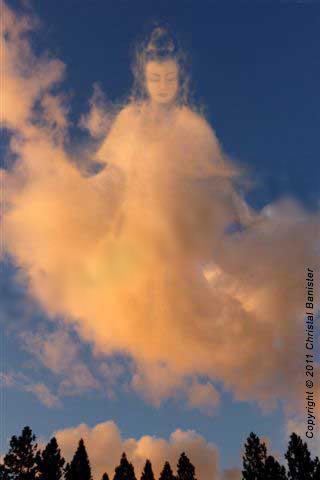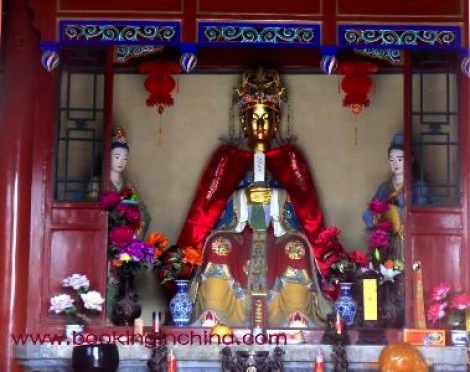“Samjuna’s themes are knowledge, learning, excellence and reason. Her symbols are walnuts (the mind). In Hindu tradition, this Goddess is the source of all conscious thought and action. Her name even means ‘consciousness’, and She is the patroness of learning, reason, logic and knowledge.
Every year at this time, the Nobel Prize is awarded for mastery in chemistry, medicine, literature and peace keeping. It is a time to revel in humankind’s achievements and limitless potential for good, motivated by Samjuna’s gentle leadings.
To honor this Goddess and the people who have achieved the pinnacle of what She represents, spend time enriching your mind today. For instance, you might read field manuals applicable to your career to advance your knowledge, watch educational television; go to a library, and perhaps donate to its shelves some old books that you no longer read; organize a local reading group for improved literary appreciation; or turn off the television and engage in intelligent conversation for mutual edification. The options here are limitless.
For a Samjuna charm that improves conscious awareness and your reasoning powers, carry a shelled walnut today. The shape of this nut equates to the mind. Eat this at the end of the day to internalize her power for thoughtful actions.”
(Patricia Telesco, “365 Goddess: a daily guide to the magic and inspiration of the goddess”.)
According to Patricia Monaghan, “‘Knowledge’ was the Indian wife of the sun [Surya], whose brilliance finally so tired Her that Samjuna hid in the wilderness disguised as a mare, leaving behind a replica of Herself [Chhaya or Savarna]. But he discovered Her ruse and transformed himself into a stallion to seek Her and, finding Her, to have intercourse with Her. From this union came the twin gods of agriculture , the horse-headed Aswins. Samjuna agreed to return to the sky with the sun god, but first She had Her father [Vishwakarma] trim away some of the sun’s rays to diminish his brightness. From the extra pieces of the sun were fashioned the weapons of other gods” (p. 272).
“Saranya, or Saraniya (also known as Saranya, Sanjna, or Sangya) is the wife of Surya, and a Goddess of the dawn and the clouds in Hindu mythology, and is sometimes associated with Demeter, Greek Goddess of agriculture. According to Max Müller and A. Kuhn, Demeter is the mythological equivalent of the Sanskrit Saranyu, who, having turned Herself into a mare, is pursued by Vivasvat, and becomes the mother of Revanta and the twin Asvins, the Indian Dioscuri (the Indian and Greek myths being regarded as identical). She is also the mother of Manu, the twins Yama and Yami. According to Farnell, the meaning of the epithet is to be looked for in the original conception of Erinys, which was that of an earth-Goddess akin to Ge, thus naturally associated with Demeter, rather than that of a wrathful avenging deity. [1]
“She is considered as the Goddess who gave birth to all animals. She is also thought to be the Vedic Mare Goddess.” [2]
Sources:
Indianetzone.com, “Saranyu“.
Monaghan, Patricia. The New Book of Goddesses and Heroines, “Samjuna”.
Wikipedia, “Saranyu“.
Suggested Links:
Crystalinks.com, “Gods and Goddesses of Ancient India“.
Held, Catherine Anne. Dreamhorsewomen.wordpress.com, “Saranyu: the Runaway Horse Goddess: Part I” & “Saranyu: the Runaway Horse Goddess: Part II“.
Wikipedia, “Chhaya“.




















